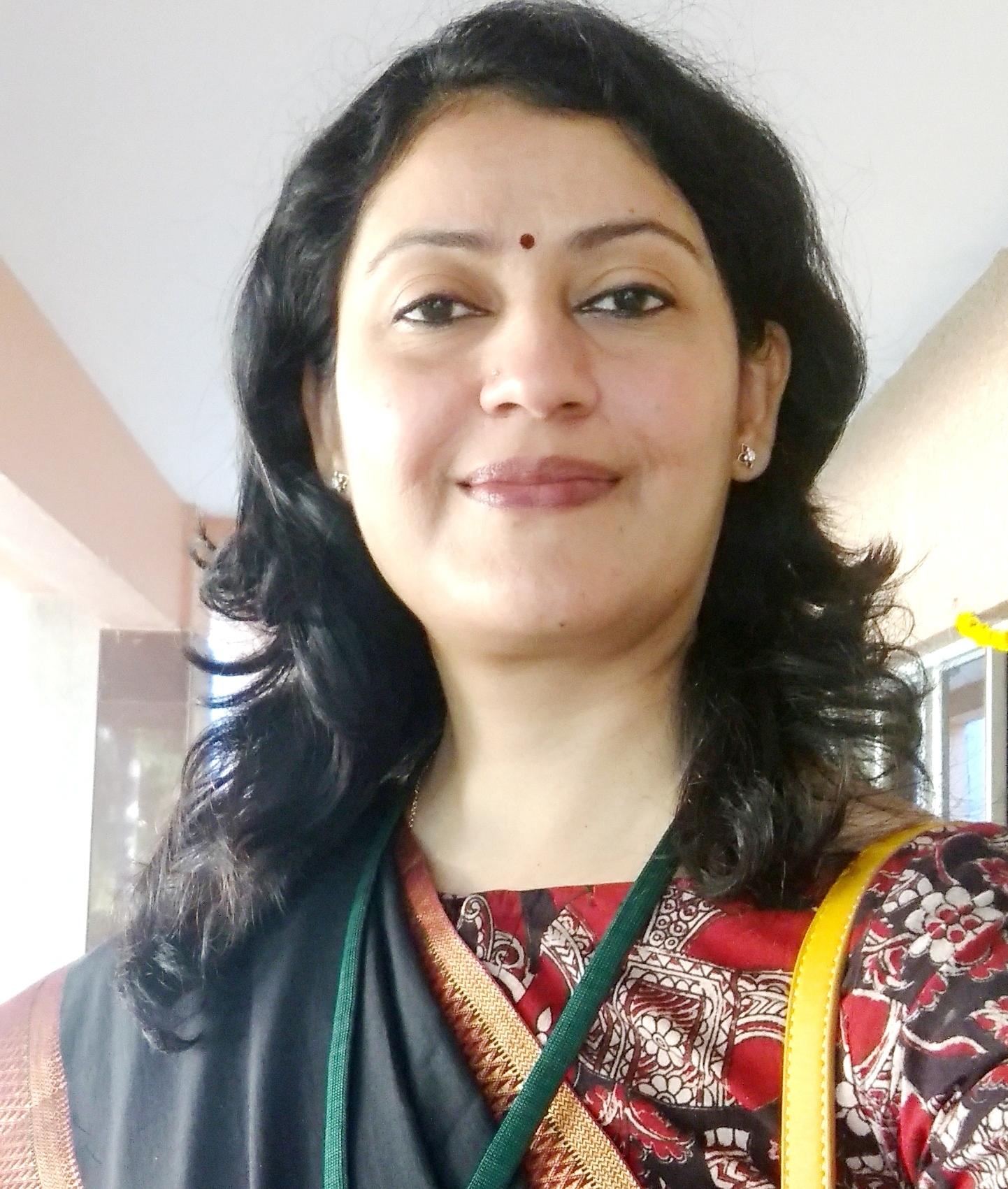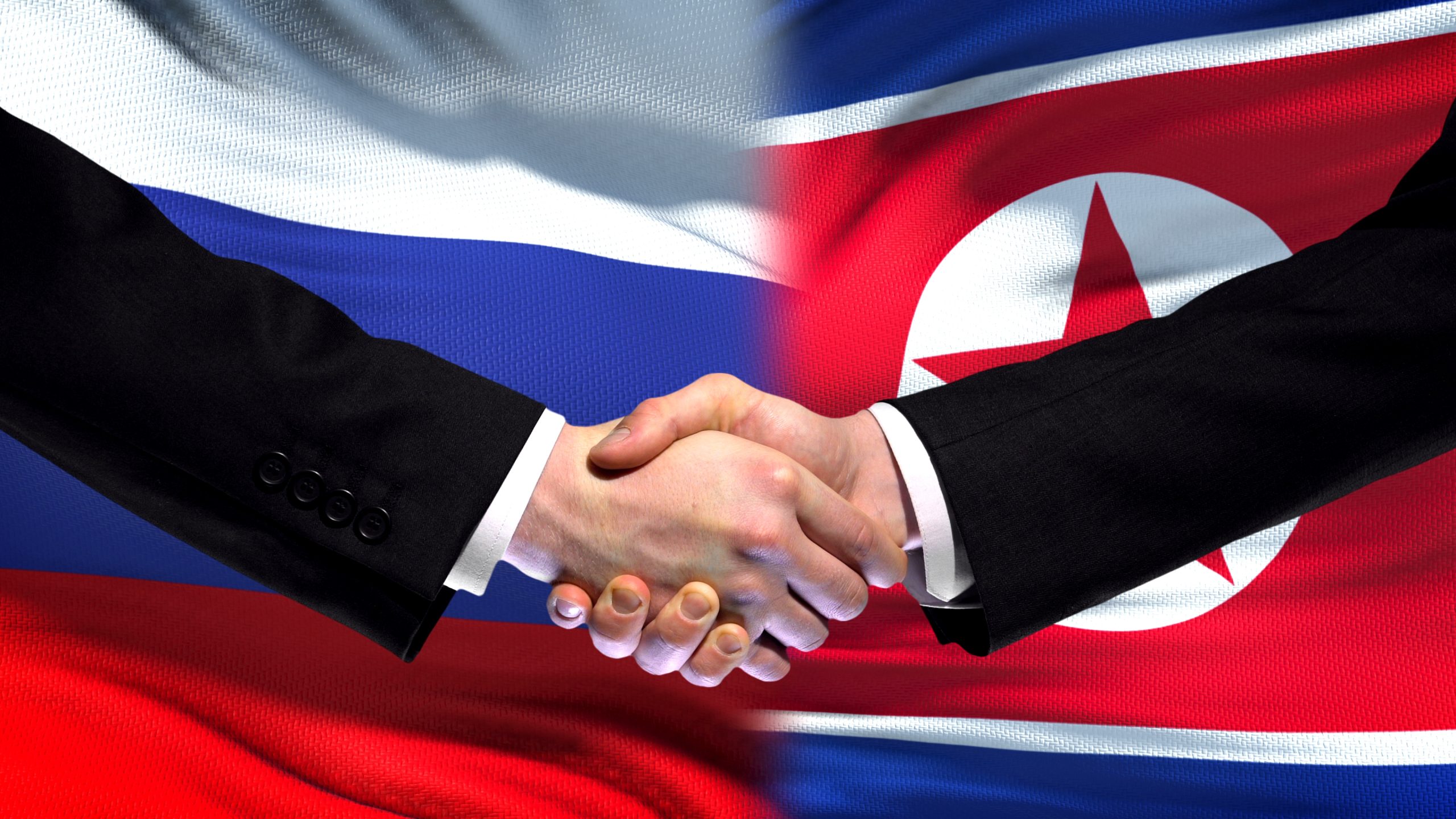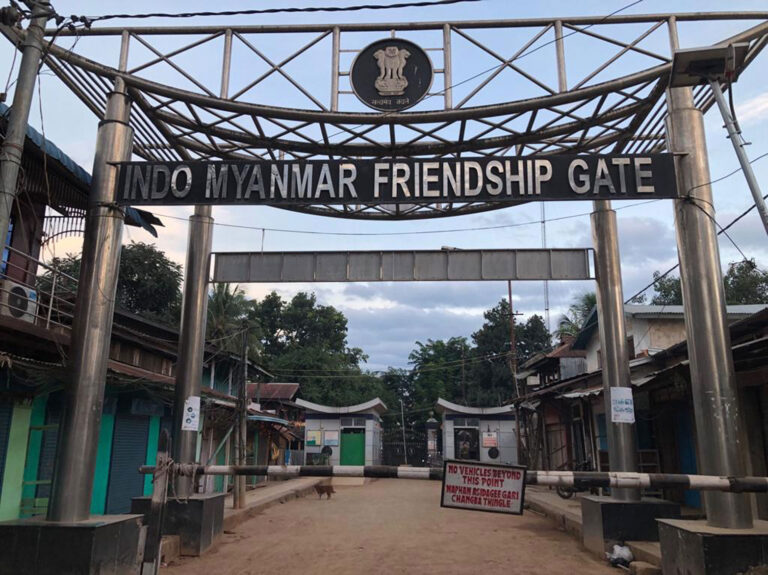
Chanakya-Latent Influence on Indian Strategic Thoughts
Wed, 16 Jun 2021 | Reading Time: 5 minutes

Chanakya-Latent Influence on Indian Strategic Thoughts
This platform with a quintessentially Indian soul and a vision to be a credible publication on geopolitics, foreign affairs, national security and defence, chooses to call itself the ‘Chanakya Forum’. It promises to unpack India’s worldview and assess its complex interrelationships with nations in a swiftly transforming interstate realm. It is noteworthy that the name and its objectives are substantively aligned with Chanakya, the ancient Indian strategist, and the core contents of his treatise, the Arthashastra. Why does Chanakya (also called Kautilya) still have the highest top-of-mind recall on issues of statecraft in India? How do strategies in a markedly different political landscape continue to be relevant in an era of Westphalian sovereignty, or a monarchy offer lessons to a democratically elected government? As India intensifies its engagement with the outside world, it’s important to acknowledge the rich Kautilyan legacy for the right reasons and suitably illuminate India’s key drivers of foreign policy.
The Arthashastra: A Philosophical Classic
Kautilya’s Arthashastra is a ‘classic’ work on political theory and statecraft. A textual analysis reveals the relevance of its basic tenets beyond its historical context, in part, due to its political anthropology being firmly tethered to the immutable human nature and the laws of the fish (matsya-nyaya) that still govern relations between nations. While this lends timelessness and universality to Kautilyan precepts, an examination of its philosophical undercurrent, on the other hand, underpins its uniquely Indian character. It is a ‘classic’ also because as a key endogenous politico-cultural resource, it exercises a latent influence on Indian strategic thought. It is indeed organic to Indian psyche and occupies a prominent part of the ‘habitus’ of Indian society.
A discussion on some of the key concepts of the text which find resonance with contemporary conduct of statecraft would be useful to establish the relevance of Kautilya in more concrete terms.
Interaction of Politics and Economics
Arthashastra as the science of wealth and prosperity is an artful explication of the discipline of political economy. As a science of protecting and acquiring earth which is the wellspring of livelihood of men, the Arthashastra meaningfully interweaves political science (dandaniti) with economics (vartta).
“The source of livelihood (vritti) of men is wealth (artha), in other words, the earth inhabited by human beings. The science which is the means of the acquisition and protection of the earth is Arthashastra.”
The material well being of the people sustains political legitimacy and the resultant economic production strengthens the rod (danda) wielded by the king in the interstate realm, thereby furthering security of the kingdom. The dialectical engagement between political rationality (maintaining security) and normativity (ensuring material well being) is characteristic of Kautilyan statecraft and indeed resonates with modern day India and the conception of a welfare state. Importantly, it also innately connects the domestic realm (governance) with the international (exercise of power), an important feature of contemporary foreign policy conduct.
Realpolitik and Moralpolitik
Flowing from the first, Kautilyan statecraft has a well defined objective which integrates the Realist goals of political survival (raksha), with the ‘extra-Political Realist’ aims to bring about the benefit and happiness of the people (palana), with the two reinforcing each other. The maximization of production and profit was also seen from a political perspective and territorial security from an economic one. Therefore, all decisions pivoted from this connected conceptual structure of the state and demanded prudence.
As a revisionist text, Kautilya advocated political unification of the Indian subcontinent which was a sacred geo-cultural space defended by natural barriers. Kautilya, however, did not harbour any imperialist tendencies beyond this chakravartinkshetra; a good illustration of realpolitik and moralpolitik. In contemporary terms, it perhaps, translates into good neighbourly relations, connectedness and a degree of influence with nations in India’s immediate periphery.
Modern India has defined its goals on similar lines and has continually made adaptations to achieve them in a globalized, interdependent world. More recently, India’s drive towards Asian connectivity or her vision of the Indo-Pacific is a bid to achieve the task of economic growth (both at home and abroad) by creating a secure enabling environment. Effort towards regional prosperity through equitable, inclusive ways is illustrative of both realpolitik and moralpolitik, the latter particularly in line with Kautilya’s idea of lokasamgraha, seen as “benefit and happiness of both ‘self’ and ‘other/s’ as the ultimate ‘end’ of international politics,” perhaps in sync with ‘Sabka Saath, Sabka Vikas’.[1]
Conception of Power
Springing from the materialist stance of the text and exhibiting the integration of economics and politics, Kautilya identifies a set of seven constituent elements of the state (prakritis) that together comprise comprehensive national power. They are, in hierarchical order, swami (ruler), amatya (ministers), janapada (territory and people), durga (fort), kosa (treasury), danda (armed might) and mitra (ally). It is noteworthy that unlike conception of power in the West, Kautilya lays a premium on benevolent rulership, sound counsel and economic resources rather than hard military power which is the last among internal state factors in the list. It is, however, important to note that seven factors are metaphorically the limbs of the ‘body politic’ (organic theory of state) and therefore make a comprehensive whole and are interdependent on each other.
Kautilya also identifies three kinds of power important for state functioning – mantrashakti (power of counsel), prabhavshakti (economic and military might) and utsahshakti (power of energy) – and ranks mantrashakti on top. While it is important to have the resources and drive, success depends on when and how to use them. The primary understanding of power in both material and non-material terms is particularly relevant to India today when its national resources are woefully short to address the increasing challenges of the external threat environment.
Interstate Realm
Kautilya’s famous ‘rajamandala’ (literally concentric circle of states) envisages an alternating pattern of friend and foe hinged on geographical determinism. This geometric and simplistic understanding of the state-system represents only a fraction of the complex interaction detailed in the treatise. The Arthashastra proposes a state-system with twelve different categories of states identified on the basis of geographical location, relative power and character of intent (bhavin), all of which continue to be significant in formulating perceptions and deciding on foreign policy action even today. The distinct categories too find fitting parallels in contemporary world order.
The explication on nuanced foreign policy making in the treatise is through a cluster of concepts that are inherently interconnected – sadgunyas (six measures of foreign policy), upayas (four methods of politics), shaktis (three kinds of power), and vyasanas (calamities) of the constituent elements (prakritis). Each of these and the interaction among them as brought out in the text, point to two very important aspects of international relations prevalent to this day. One, the concept of relative power which drives foreign policy decisions and two, the idea of external sovereignty firmly predicated on state’s exercise of unfettered internal authority. The law of the fish (matsya-nyaya) in an anarchic international state system too is still resoundingly relevant and so are its attendant ‘self-help’ system and ‘balance-of-power’ politics.
Kautilya’s template of comprehensive statecraft is certainly unconventional to the Western world but its strong moorings in India’s ancient strategic and philosophical tradition, still vibrant in public memory, renders it innate to India’s contemporary international conduct. The growing interest in ancient strategic thought in general and Kautilyan ideas in particular both in Indian official establishments and in popular public discussions and writings, is indeed heartening, and perhaps overdue. But our truest ode to this rich legacy lies in taking the right lessons forward.
[1] Deepshikha Shahi, Kautilya and Non-Western IR Theory, Palgrave Macmillan, 2019, p. 41
Author

Dr Kajari Kamal is a faculty at Takshashila Institute Bangalore. She has done her research on strategic culture in the Indian context. Her dissertation was on the salience of Chanakyan ideas to better understand the drivers of India’s foreign policy.
Disclaimer
The opinions expressed in this article are the author’s own and do not reflect the views of Chanakya Forum. All information provided in this article including timeliness, completeness, accuracy, suitability or validity of information referenced therein, is the sole responsibility of the author. www.chanakyaforum.com does not assume any responsibility for the same.
Chanakya Forum is now on . Click here to join our channel (@ChanakyaForum) and stay updated with the latest headlines and articles.
Important
We work round the clock to bring you the finest articles and updates from around the world. There is a team that works tirelessly to ensure that you have a seamless reading experience. But all this costs money. Please support us so that we keep doing what we do best. Happy Reading
Support Us




















POST COMMENTS (14)
Rakesh Ranjan
Poonam Dave
P.S. eudonym
Karan Patel
Arun Singh
Arun Singh
Mukesh.Naik
Arjun
Sandeep Dhawan
utsav kumar
BHAVIL GOYAL
sriranga Pathak
karamveer mandhan
Vivek Tigga